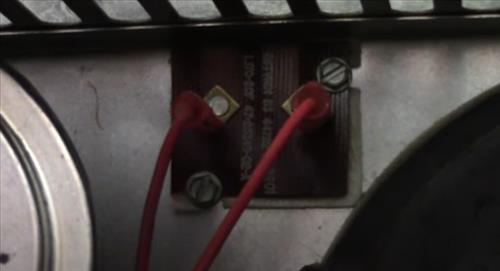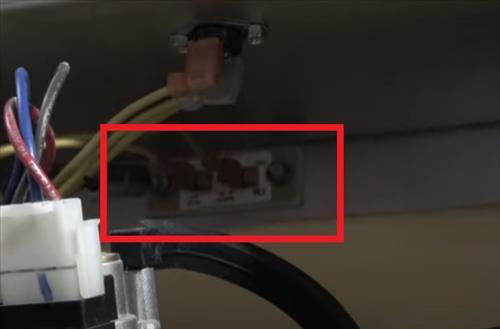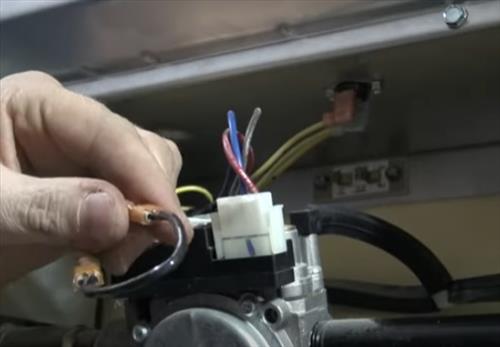
Testing the furnace limit switch by bypassing it is common to see if it has gone bad.
A furnace should only be run for a short while to test the switch.
The furnace limit switch helps protect the heat exchanger from becoming too hot and cracking.
If the heat exchanger cracks, it can let noxious fumes into a home which is dangerous.
Can You Bypass the Furnace Limit Switch?
When testing if a switch is good or bad, yes it can be bypassed for a short time.
This is a common method to see if the switch needs a replacement.
The furnace should Not be run for an extended time with the jumper as the limit switch is a necessary safety feature.
The limit switch turns the furnace off when it becomes too hot, which prevents the heat exchanger from becoming damaged.
If the heat exchanger becomes damaged, it can release noxious fumes, which can be toxic.
When jumpering the wires, using a shielded wire as an open wire may ground out, causing damage to the mainboard.
How To Bypass the Furnace Limit Switch
- Locate the Limit Switch in the Furnace.
- Remove the two wires going to the Limit Switch.
- Insert a shielded jumper wire in-between the two wires.
- Once jumpered, test the furnace; if it works, the switch is bad and needs to be replaced.
Summary
To quickly test the limit switch, it can be bypassed with a shielded wire.
This should be done only to test the switch and not as a permanent fix.
If the switch is found to be bad, it will need to be replaced with a good one.
The limit switch can be bought at many HVAC parts stores as well as online on Amazon or eBay.
As with any heating equipment, call a professional if you have no prior HVAC experience.

